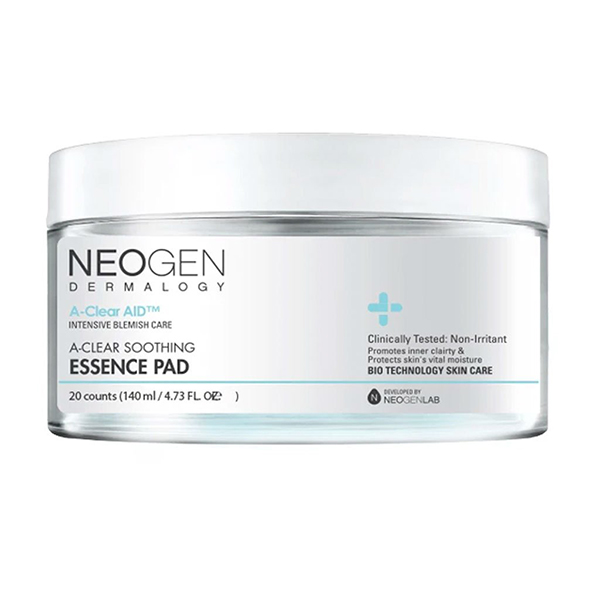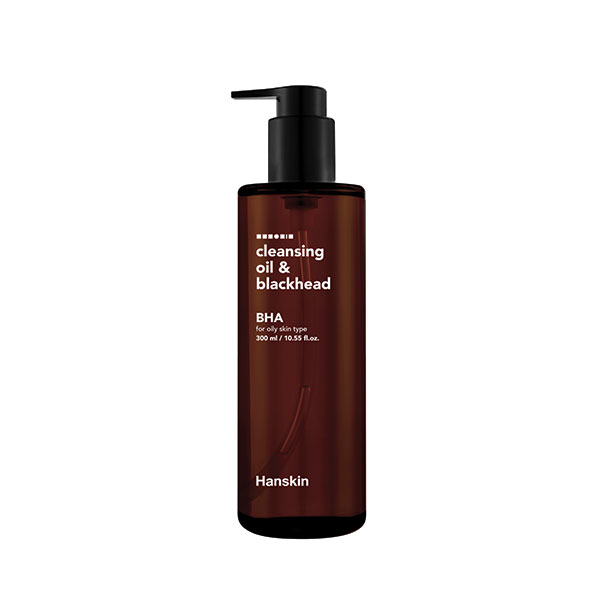If you have small, mysterious white bumps on your skin, you may be dealing with closed comedones, also known as whiteheads. Here, a dermatologist shares her tips on how to tackle them, and we share our top K-beauty product recommendations to use.
There’s no type of acne that’s easy to treat, but there are a couple of categories that can be particularly stubborn. One of them is cystic (or hormonal) acne, and closed comedones are another. This form of acne looks like a small white bump and forms below the surface of the skin due to clogged pores. It’s commonly found on the forehead, cheeks, and chin areas.
What Closed Comedones Are, and What They Are Not
Closed comedones are also known as whiteheads. No, not those juicy, pus-filled breakouts that you love to pop – while commonly mistaken for whiteheads because of their appearance, those are actually called pustules.
Closed comedones are also not milia, which is formed by keratin that’s trapped underneath the skin. Milia also appears as tiny white bumps, but there is usually no inflammation around the bumps or other types of zits in the same area as it’s not a form of acne.
How to Treat Closed Comedones
The good news is that according to Dr. Caren Campbell, a San Francisco-based dermatologist, closed comedones typically resolve on their own over a couple of weeks. However, there are ways to diminish them and to prevent them from getting worse and evolving into cystic or inflammatory pimples.
Chemical exfoliation in the form of AHAs and BHAs like glycolic acid and salicylic acid are effective ways to speed up cell turnover, clean out pores, and prevent more pores from clogging. The Some By Mi AHA-BHA-PHA 30Days Miracle Toner contains both of the exfoliants mentioned above and is gentle on skin. We also like the Neogen A-Clear Soothing Essence Pads that contain salicylic acid, as well as soothing allantoin.
Just be sure not to over-exfoliate as this can dry out skin and increase oil production causing more closed comedones. Keep skin hydrated and happy with a non-comedogenic moisturizer like the Acwell Real Aqua Balancing Cream.
Dr. Campbell also recommends using a product with benzoyl peroxide to kill acne-causing bacteria living in your pores.
But of course, the best treatment option is prevention. “Topical prescriptions like retinoids are the best, but they take six weeks to start working,” says Dr. Campbell. A faster alternative is differin, or adapalene. “It’s an over the counter retinoid that can be applied in a thin layer a few nights per week with moisturizer to start preventing outbreaks,” she says.
Another way to prevent clogged pores is by double cleansing to ensure that impurities like excess oil, makeup, and sunscreen are getting removed each day, in addition to dirt and sweat. The Hanskin Pore Cleasing Oil [BHA] cleanses as it exfoliates pores. Follow it with a non-drying water-based cleanser like the Dr. Oracle A-Thera Cleansing Foam.
How to Not Treat Closed Comedones
“Squeezing them!” says Dr. Campbell. “Picking and squeezing can lead to permanent scarring.”
What to Do If You’ve Tried the Above and You Still Have Closed Comedones
“See a dermatologist,” says Dr. Campbell. “Acne is not always acne and it’s best to know for sure what you are dealing with before wasting tons of money on a million products.”

















